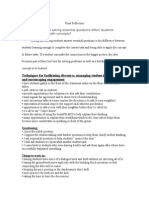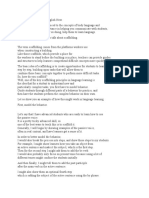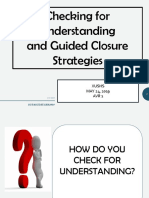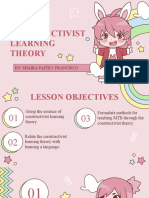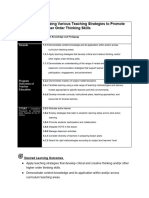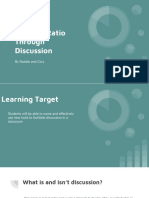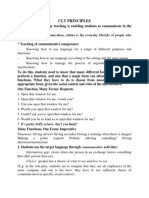0% found this document useful (0 votes)
8 views2 pagesWorksheet - Classroom Transcript Activity
The classroom transcript highlights the teacher's role in supporting student learning through strategic language use and power dynamics. The teacher employs scaffolding techniques, prompting the student to self-correct and build confidence while managing uncertainty. Discourse features such as turn-taking, repair, and positive reinforcement illustrate how language shapes the learning environment and encourages student participation.
Uploaded by
asmaassaneea32Copyright
© © All Rights Reserved
We take content rights seriously. If you suspect this is your content, claim it here.
Available Formats
Download as DOCX, PDF, TXT or read online on Scribd
0% found this document useful (0 votes)
8 views2 pagesWorksheet - Classroom Transcript Activity
The classroom transcript highlights the teacher's role in supporting student learning through strategic language use and power dynamics. The teacher employs scaffolding techniques, prompting the student to self-correct and build confidence while managing uncertainty. Discourse features such as turn-taking, repair, and positive reinforcement illustrate how language shapes the learning environment and encourages student participation.
Uploaded by
asmaassaneea32Copyright
© © All Rights Reserved
We take content rights seriously. If you suspect this is your content, claim it here.
Available Formats
Download as DOCX, PDF, TXT or read online on Scribd
/ 2




